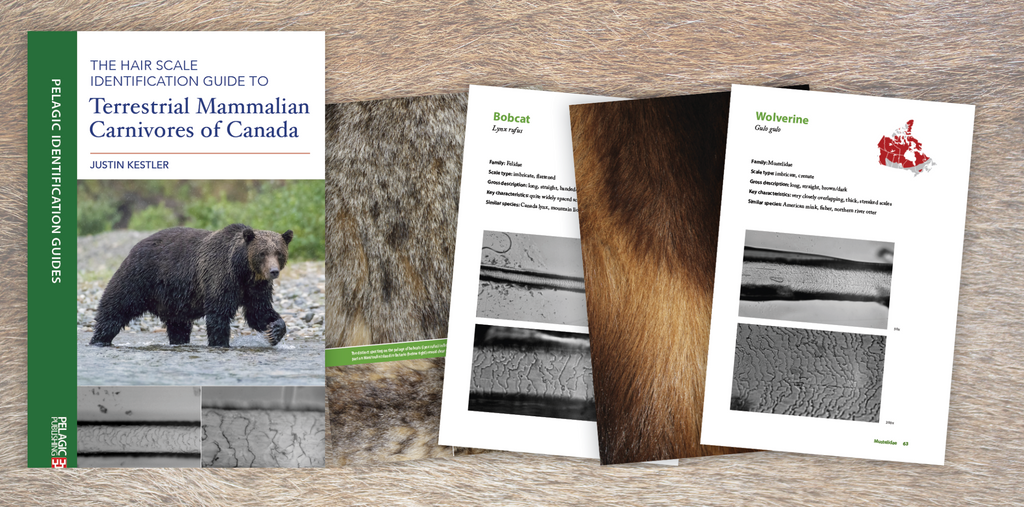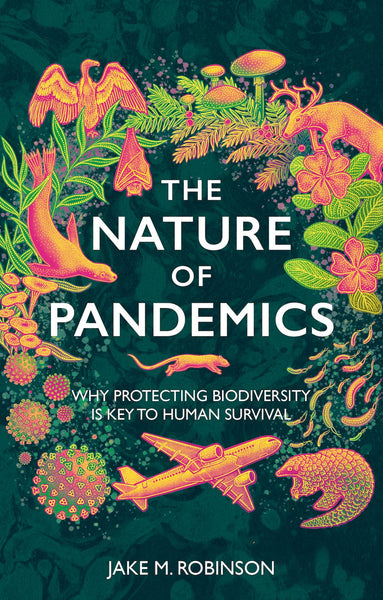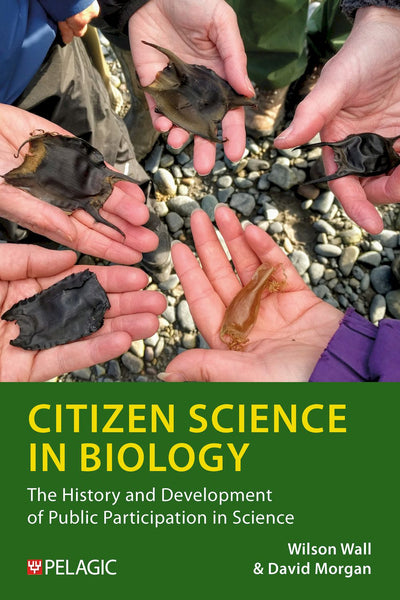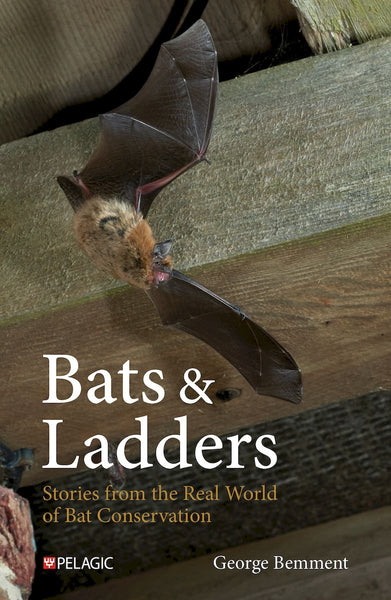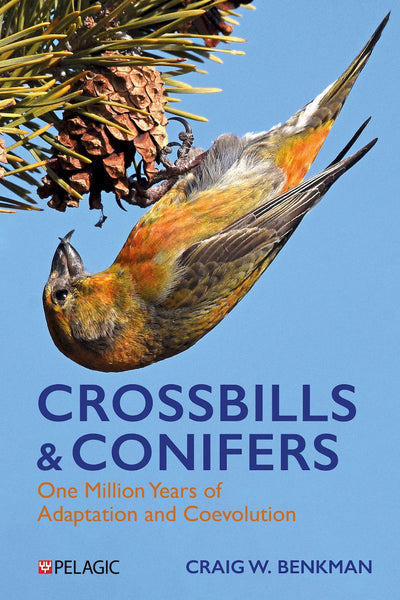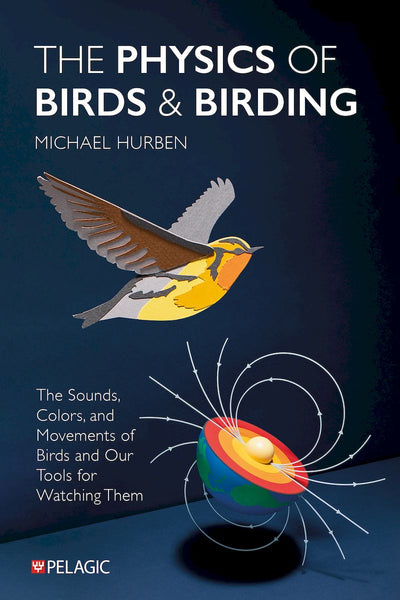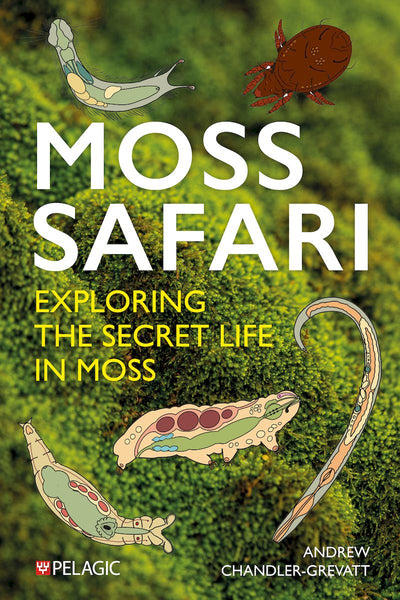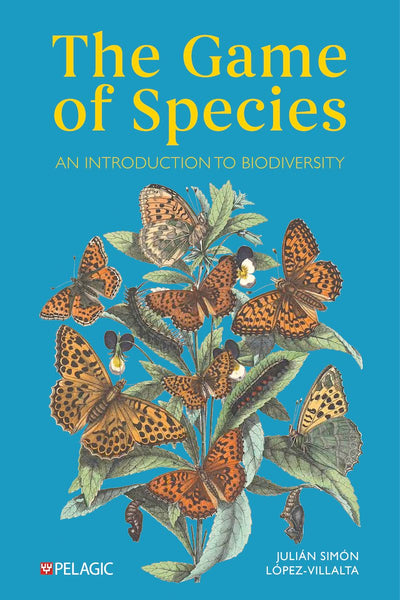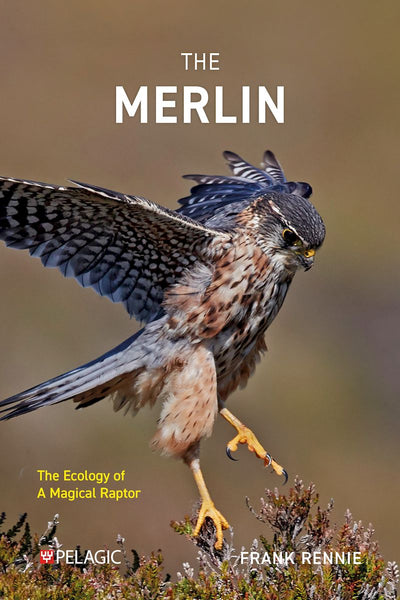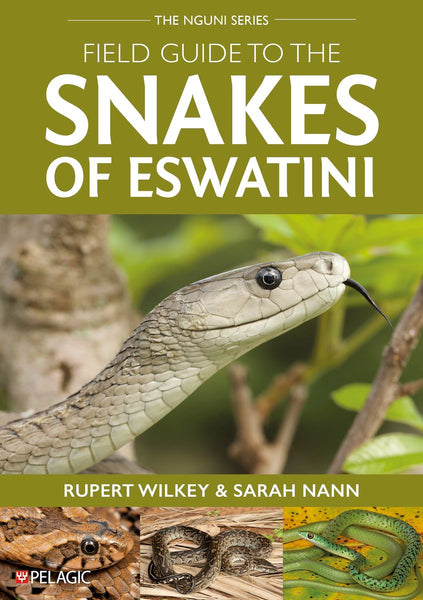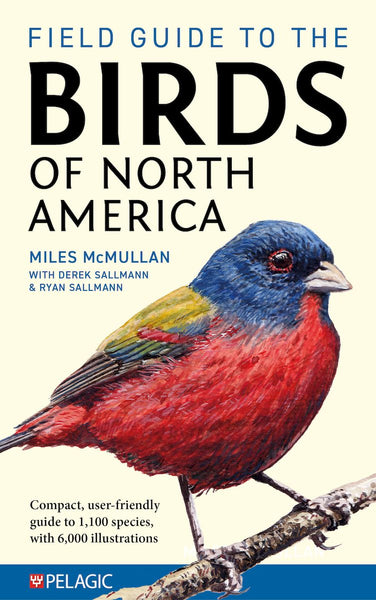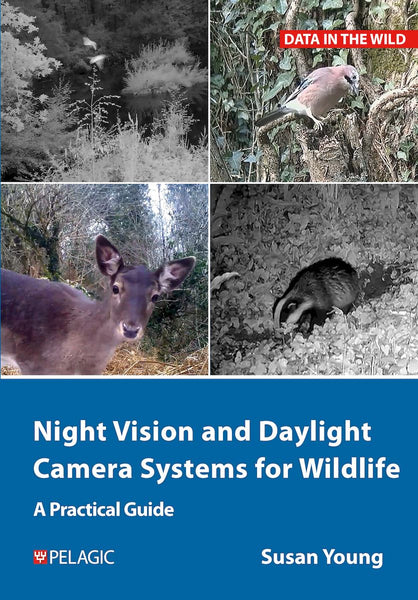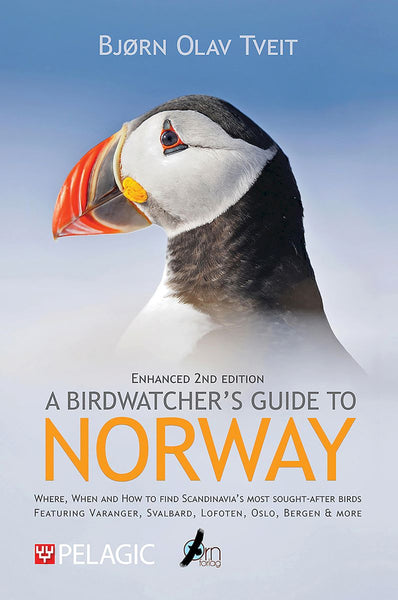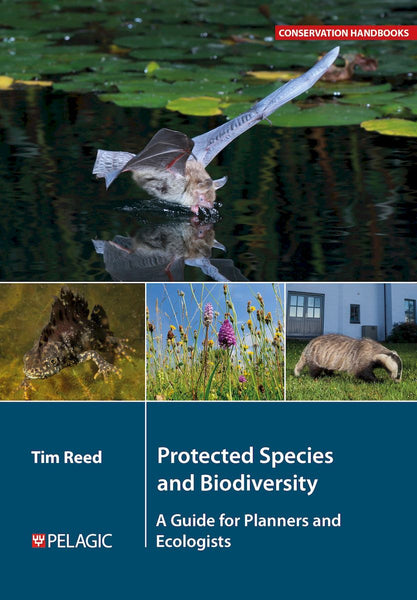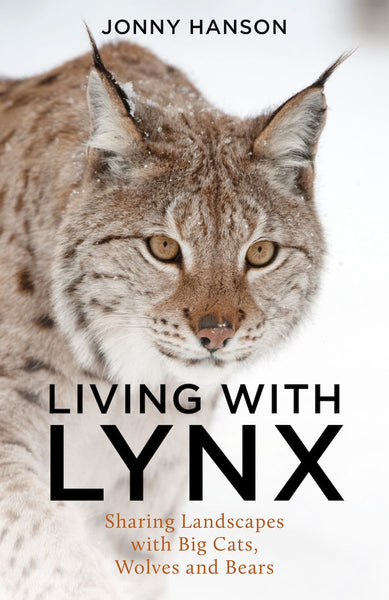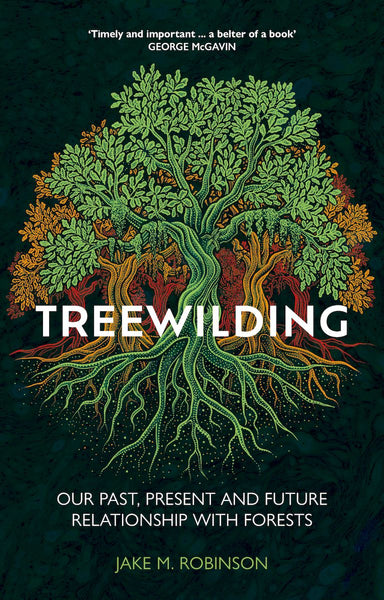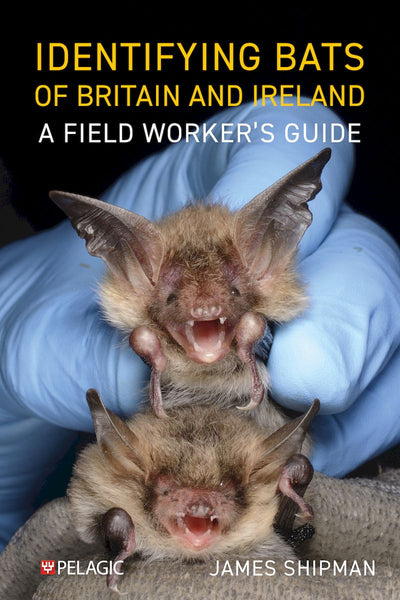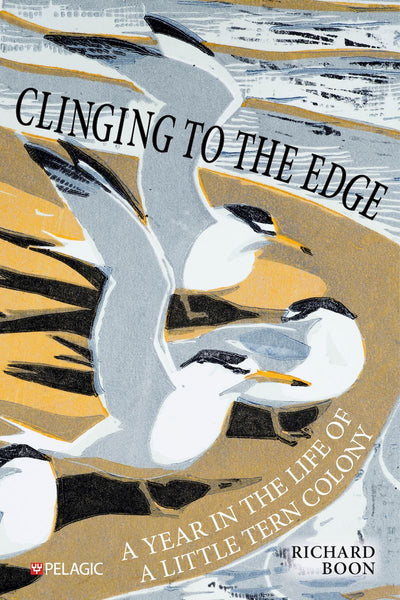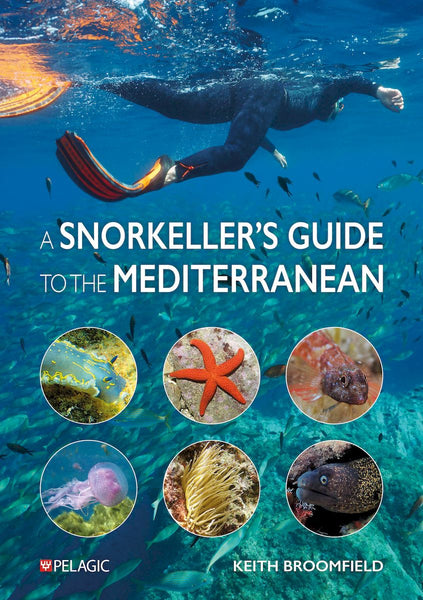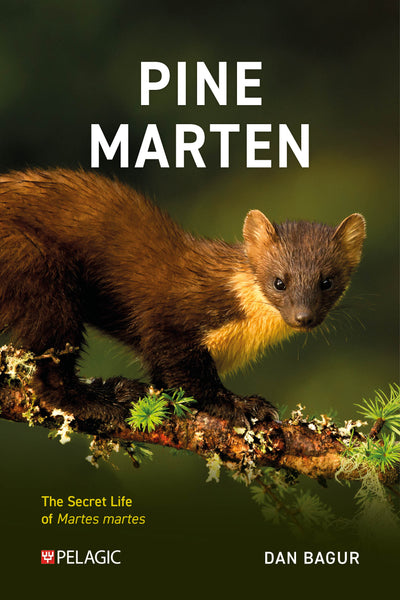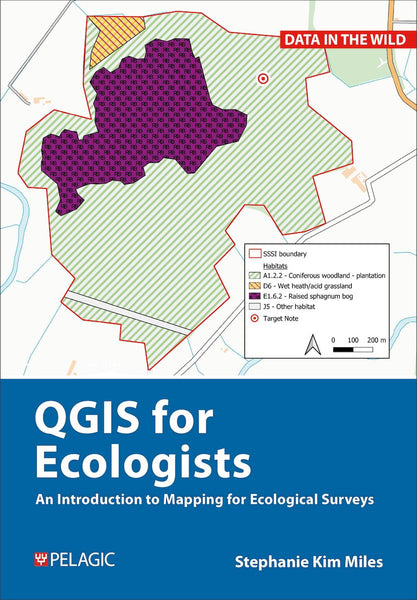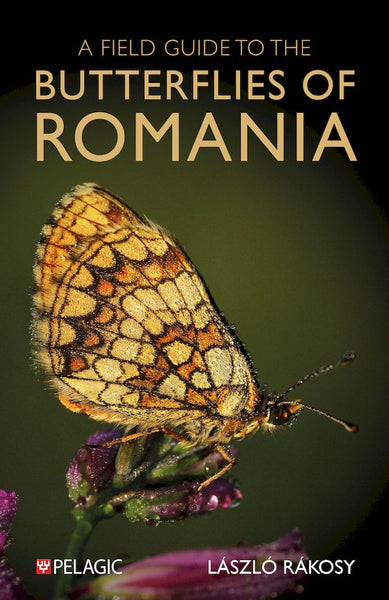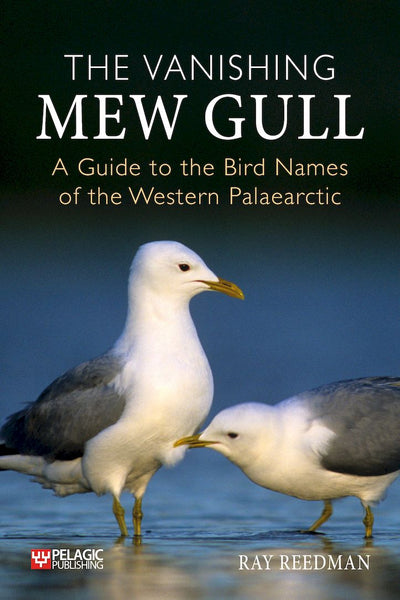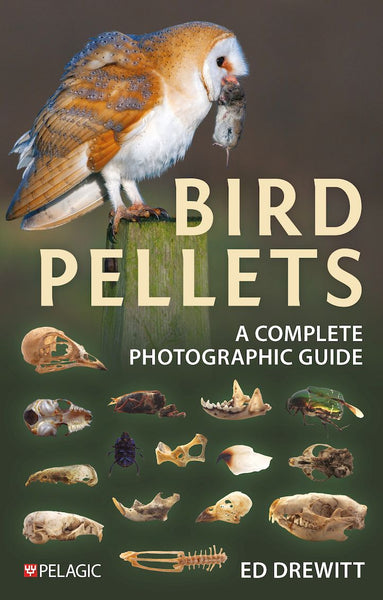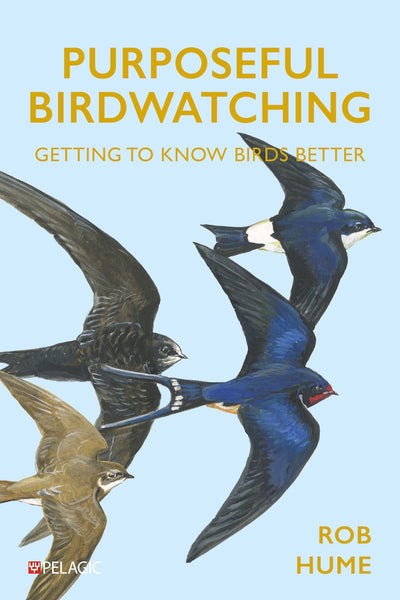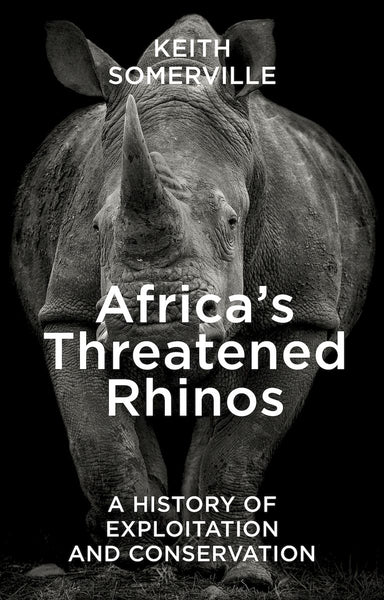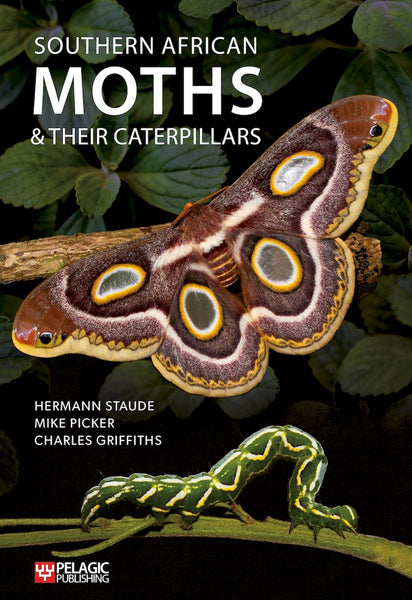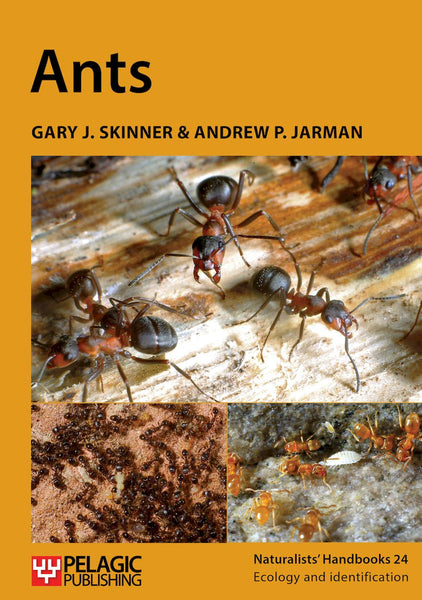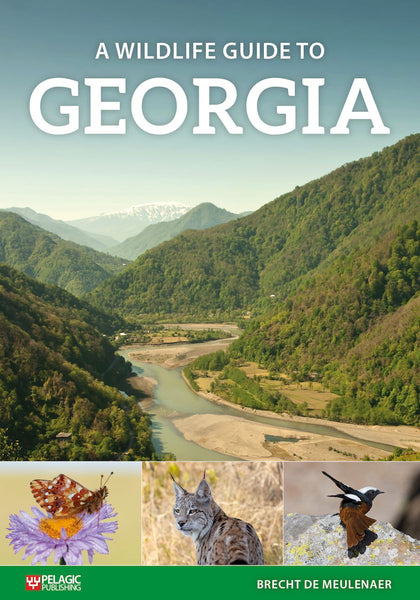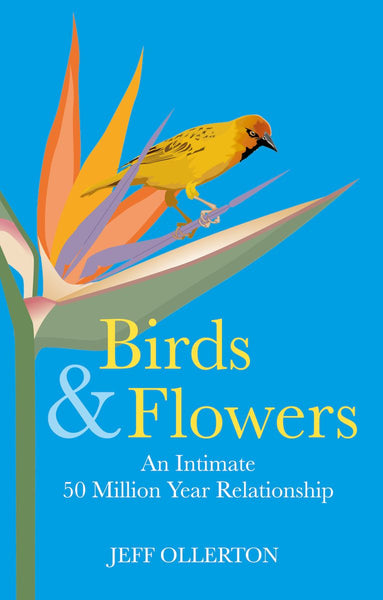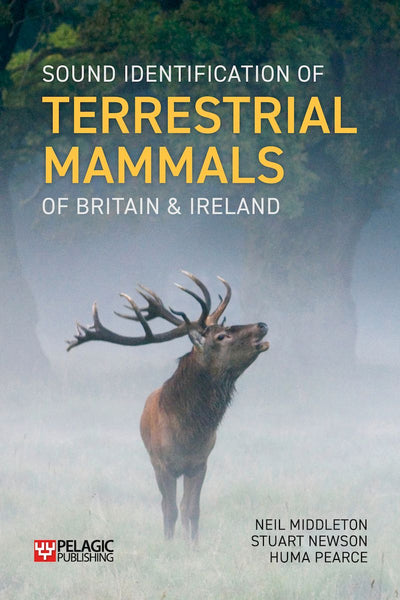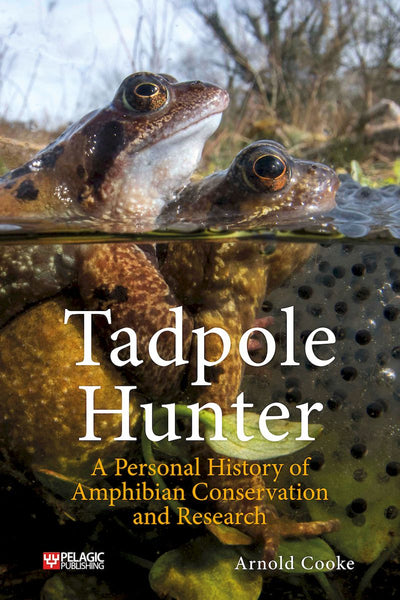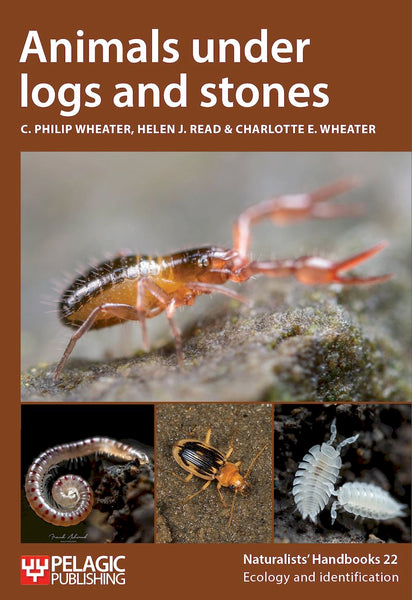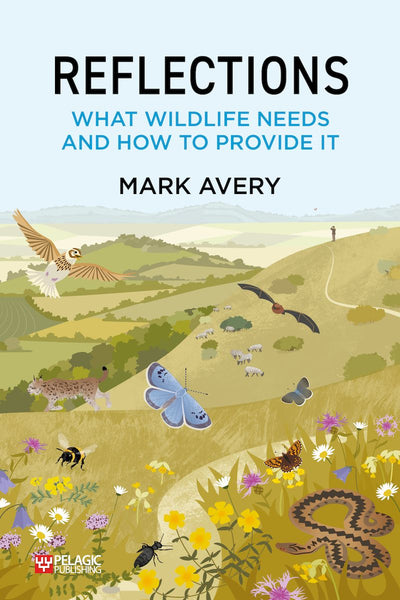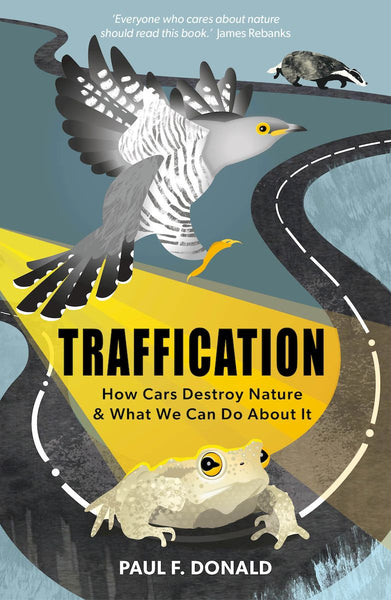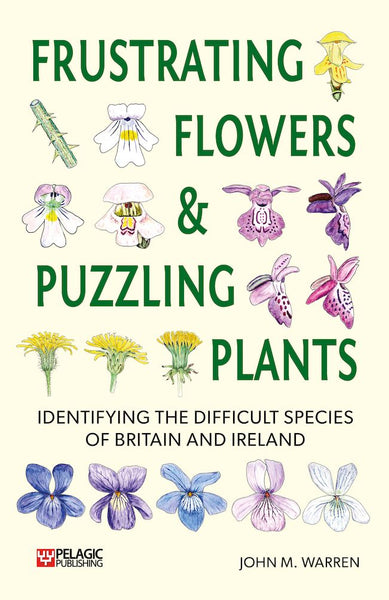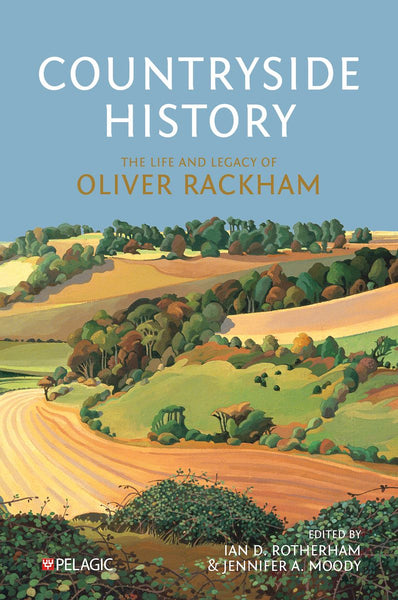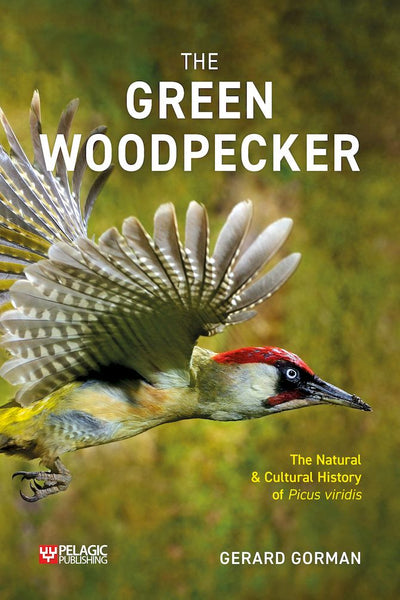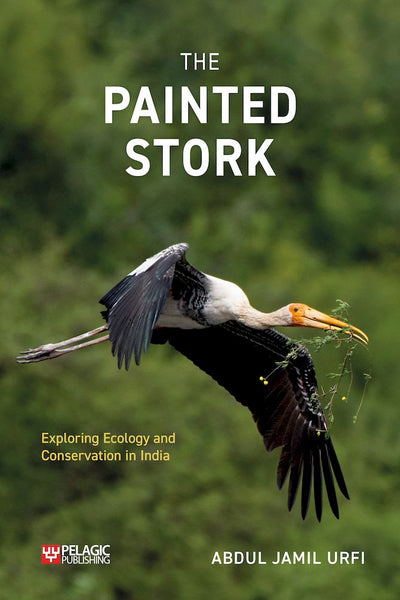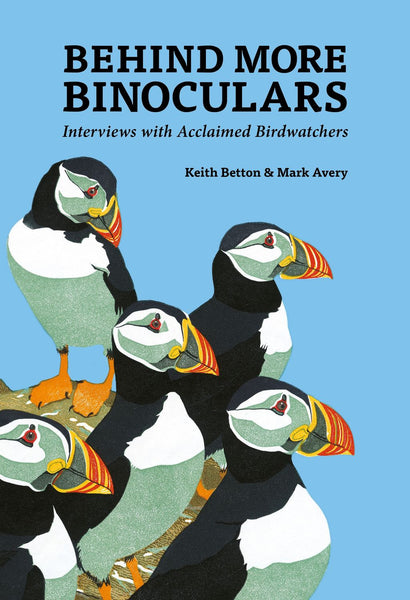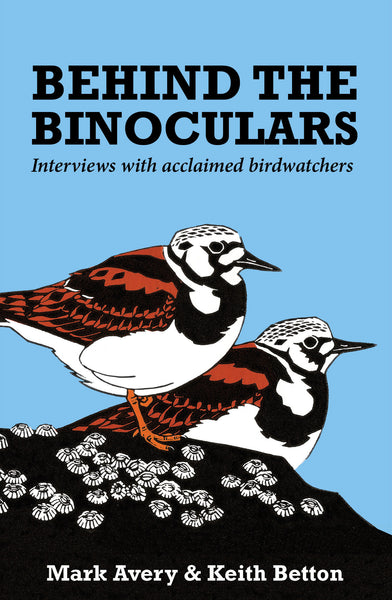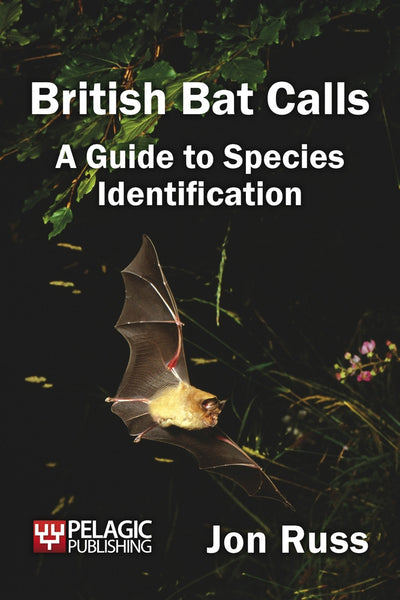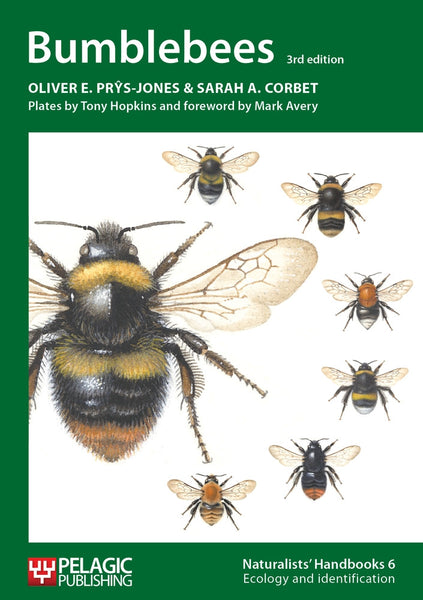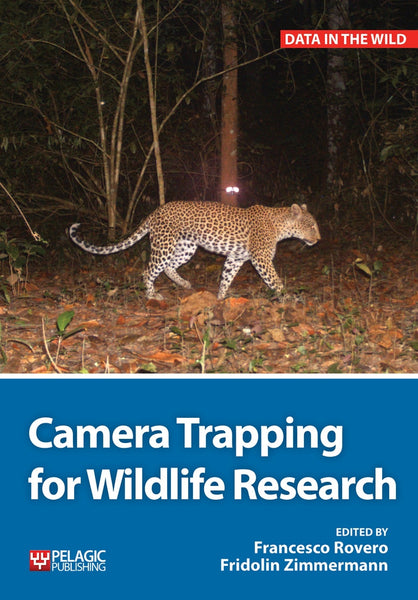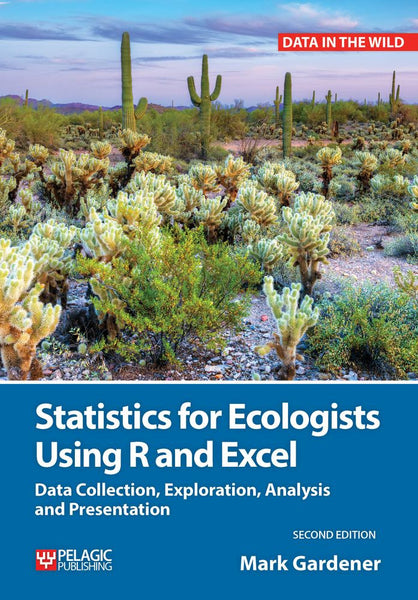Justin Kestler discusses his newly published book, The Hair Scale Identification Guide to Terrestrial Mammalian Carnivores of Canada.
When did your fascination with carnivores first begin?
Like many young kids growing up, charismatic megafauna such as bears, wolves and martens captured my imagination. Time spent with family at Ontario provincial parks as a grade-schooler during the summer breaks only cemented this fascination with carnivores further. As I got older, my interest in them grew, and the opportunity to explore their world a little more closely began in earnest while training to become a wildlife technician and biologist. Even today, the evidence left in their tracks and sign – whether it be paw prints, scat on trails or scrapes, continues to inspire awe in me. How these elusive, apex predators make the wild, rugged Canadian landscape their domain is an incredible achievement in biological evolution that, understandably, incites intrigue and admiration for many.
What inspired you to write The Hair Scale Identification Guide?
A lot of credit has to be given to my wonderful instructor and mentor, Teri Winter, who encouraged me to look into hair scale identification techniques while I was a student at Sault College. Once I began the project of making various impressions of hair samples available to me at my college, I realized there wasn’t a comprehensive, all-in-one guide for the carnivores represented in Canada. Aware of this, I started to focus my attention on gathering all the mammalian carnivore species found in the country.
What challenges were there in putting together this authoritative book?
The biggest challenge putting together this book was attempting to obtain a few swift fox (Vulpes velox) hair samples, as it turned out to be more difficult than originally anticipated. Neither Sault College nor the Royal Ontario Museum (who were incredibly supportive collaborators by the way) had a specimen in their collections. Thankfully, the lovely people at the Calgary Zoo were able to track one taxidermy specimen down and mail some hair samples over to finally complete the represented species needed for the guide!
Who is the target audience for the book?
The target audience for this book are biology students, field biologists, wildlife technicians, or any scientists focused on mammalian research in Canada. The goal is to help assist in identifying hairs found in the field by using the guide to key out characteristics found in the hair scale patterns once viewed under a light microscope in a lab or home setting. The book is especially beneficial for any research involving hair snares, scat analysis and kill site investigation, further assisting with predatory wildlife monitoring studies.






